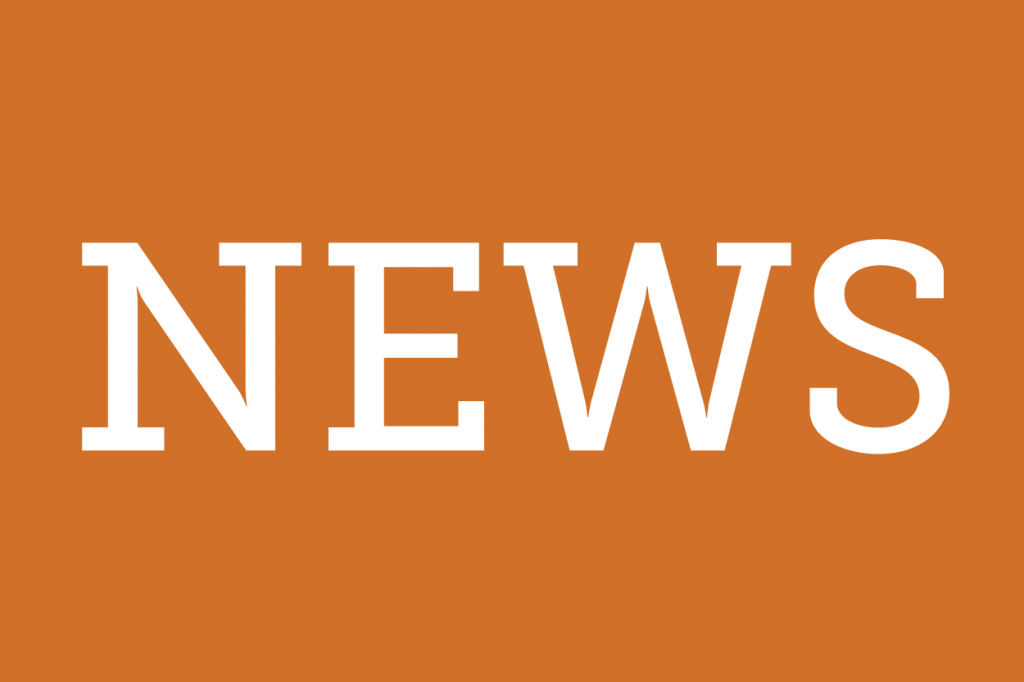UPDATED at 2:24 p.m. to reflect statements made by Provost Jeffrey Duerk.
While the University of Miami has yet to release its official plans and updated academic calendar for students to return to campus in the fall amidst the coronavirus pandemic, many students saw some of their classes move from in-person to online on CaneLink without any notice from the university.
“As a pre-med student, I find it incredibly frustrating that four out of my five classes are now online,” said senior Gabby Butman, who is majoring in exercise physiology. “I understand that we are living in a difficult time, and the virus is a real threat, but it is unfair for me to have the majority of my classes online.”
For Butman, it seems there is no clear explanation for why some classes are now online versus others because she says her classes are only about 20 people. She is concerned over the fact her science online classes will not properly prepare her and other students taking the MCAT.
“It’s upsetting to see that the school has resorted to making all science classes online because science classes are extremely different and much harder when taken online,” said Butman. “We don’t learn as much online which will put me behind when studying for the MCAT.”
Yet, for many in the School of Communication, their classes are still being offered in-person.
These moves ultimately reflect President Julio Frenk’s four-pillar plan for a return this fall, where he said that there will most likely be a mix of in-person and online instruction.
“You won’t see large lecture halls filled with students, said Frenk in his roundtable discussion with student media leaders in April. “That would not be safe.”
However, Butman said she wishes the university handled the situation differently, maybe notifying students about their classes’ location changes beforehand.
“I think it would’ve been respectful to receive an email from the school explaining why my classes were switched, rather than having me check CaneLink to find my classes online,” Butman said. “As a senior, it is upsetting that I am missing out on some of my last memories and experiences because now I will be spending the majority of my time at home on the computer.”
Despite this development and the fluid situation regarding the pandemic, Provost Jeffrey Duerk said the university will be moving forward with its plan to reopen in the fall with a mix of in-person instruction, remote-learning and a hybrid of both. Professors will be prepared for whichever instruction they will be leading, Duerk said.
“Currently, less than 1 percent of our fall courses were to be converted to completely remote learning,” said Duerk, in a statement to The Miami Hurricane. “New spaces are being identified and configured that will support more hybrid and on-site instruction, and new sections may allow this number to be reduced.”
Due to the ongoing COVID-19 pandemic, students were forced to finish the spring semester entirely online via Zoom or Blackboard Ultra. Many students were not pleased with the remote learning environment, feeling as though they did not learn nearly as much as they would have if the classes were in-person.
“I spent just as much time, if not more, working on homework and assignments and then learned basically nothing in classes,” said Livi Goldin-Dubois, a senior majoring in political science and theater. “I felt like I was doing the whole semester completely on my own. Besides the fact that our professors were completely clueless, for the most part, when it came to online instruction.”
Yet, some professors said the change to online instruction allowed them to rethink their curriculum and take advantage of the tools Zoom offers, including breakout discussion rooms and one-on-one private instruction to fit students’ personal needs.
Given the feedback from students and professors regarding last semester’s sudden move to online instruction, Frenk told student media leaders that the online format in the fall will be much more developed, guaranteeing the same quality or even better quality of in-person classes.
“In the end, we had 10 days to migrate every single course online and so most of what that is, is your lecture, the same powerpoints, except you are using Zoom,” Frenk said. “What we’re now working on is taking full advantage of all the capacities of high-quality online instruction, not just showing the powerpoints, but creating a multimedia experience that is much more attractive.”
Frenk said he believes this format will be much more effective for students rather than having them sit in large lecture halls without the ability to frequently ask questions.
Duerk confirmed the university is in the process of developing online curricula, stating that faculty are working with professionals to craft remote learning courses.
“Faculty whose courses will be completely remote are working with professional instructional designers to create these new courses, and an entire curriculum for remote instruction is now available to faculty as part of their professional development,” Duerk said.
On top of student safety, Duerk added that the university must take into account faculty’s pre-existing health concerns, causing the number of classes in-person or online to fluctuate.
Goldin-Dubois, whose classes are entirely in-person for the time being, said she is happy none of her classes are online as she did not see the value of remote learning. She even considered taking a semester off if her instruction was entirely online.
“There was no incentive to go to class, and when I did go to class, no incentive to pay attention,” said Goldin-Dubois.
Butman echoes similar sentiments. She does not feel it is right for tuition to be the same for all students, considering those who will have classes on campus and in-person.
“Truthfully, I believe there should be a cap on how many classes a student takes online, said Butman. “It is not fair to ask for the same tuition from each student when some people do not have a single online class.”







